History of Beading: An Ancient Artform
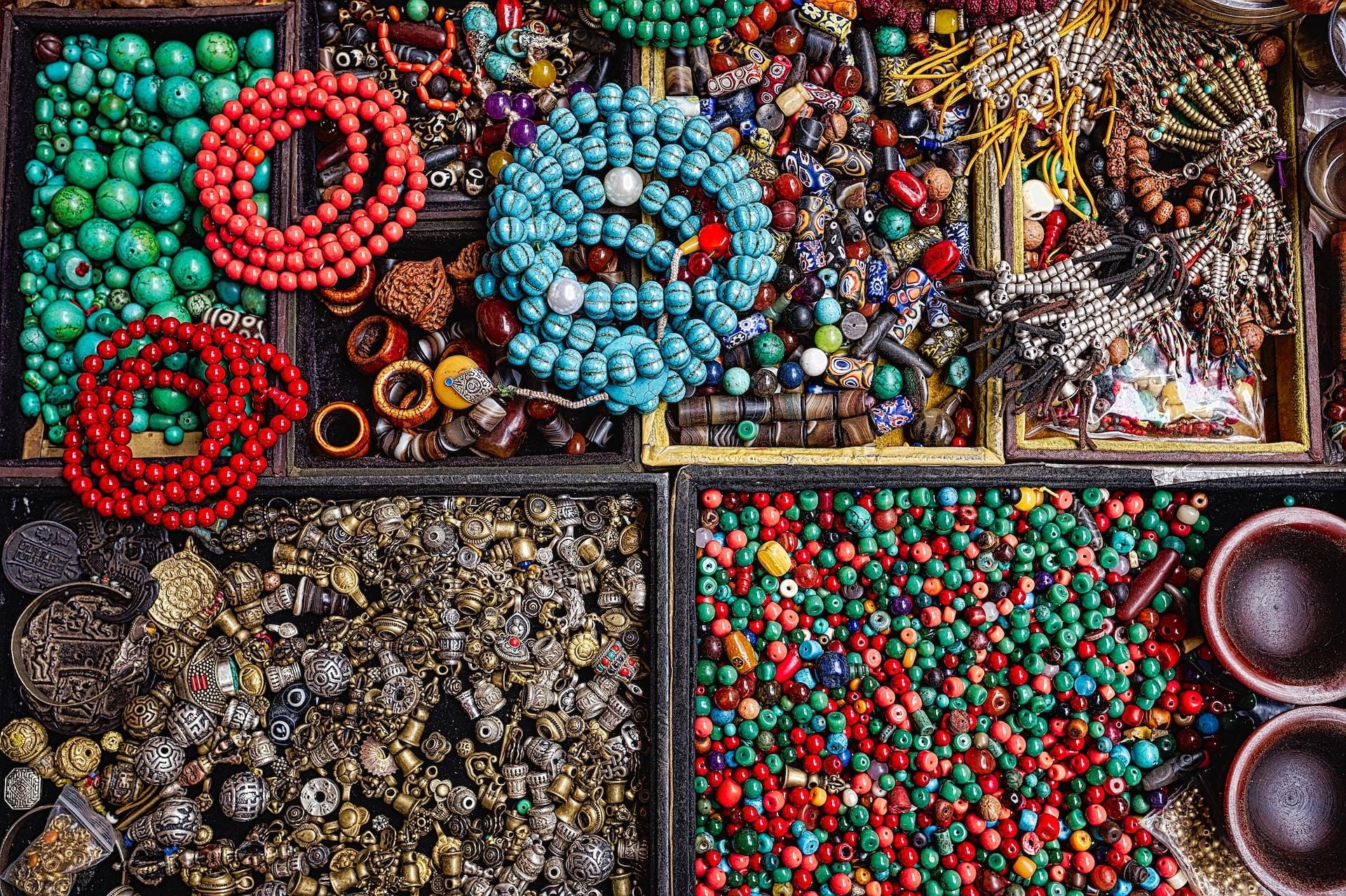
History of Beading: An Ancient Artform
Well, hi there! As a total beading fan, I’m so excited to chat with you about the ancient history of beads and beadwork. Humans have been making and using beads for tens of thousands of years – how cool is that?!
Beads are one of humankind’s oldest art forms. Archaeologists have found prehistoric beads made from shells, bones, tusks, stones, quills, and carved wood dating back over 40,000 years.
Throughout history, in cultures all over the world, decorative beads have been crafted and traded as objects of adornment, currency, social status, and symbolic meaning.
The earliest beads were likely strung together as necklaces and bracelets or sewn onto clothing. Beadwork encompasses both the creation of the beads themselves and their application in decorative work.
As an artisan craft, I think beadwork is just fascinating – both utilitarian and beautiful. The history of beads reflects so much about human creativity and our desire for self-expression. It speaks of our capacity to think symbolically and see patterns. Beads are the small building blocks of greater things. So, I’m thrilled to journey through the centuries with you to explore the story of this ancient art!
Let’s get started!
Beads - What is a bead?
So when we’re talking beads and beadwork, just what exactly is a bead?
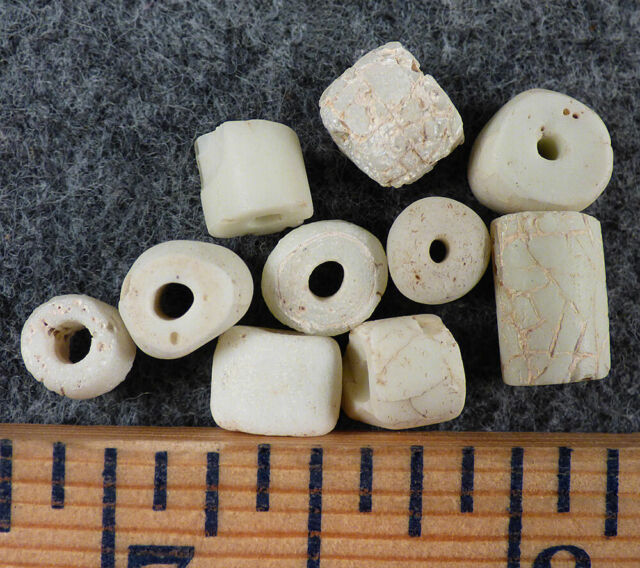
Well, in simple terms, a bead is a small decorative object with a hole through it so it can be strung or sewn onto something.
Historically, beads have been made from all kinds of natural materials like stone, shell, bone, wood, seeds, horn, quills, and more.
Craftspeople shaped these materials into small decorative pieces – some geometric like disks, cylinders, or spheres, others in intricate shapes like animals or flowers.
The hole allowed them to be strung onto a cord, thread, or wire to create jewelry or to sew onto clothing and accessories as embellishments. As human technology advanced, glass and metallic beads also came into use. Think beaded wedding gowns.
Today we have an enormous variety of bead shapes, sizes, colors, and materials – both natural and man-made.
So when I refer to beads, I’m talking about those little perforated decorative objects that can be strung, sewn, woven, or otherwise incorporated into decorative work.
Beads are the essential building blocks used in the ancient art of beadwork! I get so excited thinking about all the creativity and skill that goes into bead making across cultures and history.
Beadwork
Beadwork is such a cool decorative art form with an incredibly long history! Simply put, it refers to the creation of decorative items using beads. But it encompasses so many different techniques and applications across cultures worldwide.
The basic principle is incorporating small perforated beads into designs through stringing, sewing, weaving, or knotting. One of the earliest examples is thought to be sewing beads onto clothing for decoration and status.
Native Americans are renowned for their elaborate beaded artwork like wampum belts, moccasins, bags, jewelry, and ceremonial regalia communicating meaning.

African tribes have a strong beading tradition seen in royal attire, warrior regalia, bridal decorations, and more.

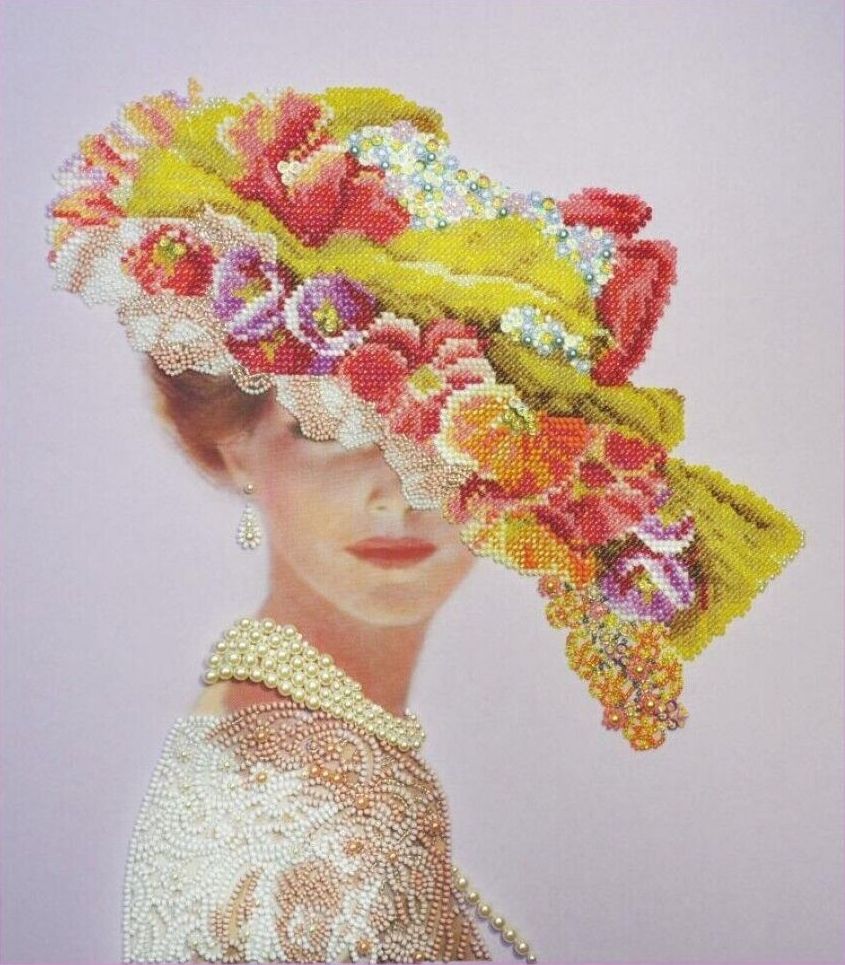
Victorians took bead embroidery to intricate new heights. Today everything from jewelry to entire bead-encrusted gowns display incredible bead artistry.
I just love how humans have taken these tiny perforated objects and turned them into such mind blowing decorative diversity!
From the exquisite geometric patterns of Zulu wedding dresses to Mardi Gras masks encrusted in crystals to Aboriginal dot art necklaces – the creativity of beadwork absolutely amazes me.

Prehistoric Beading and the stone age
Can you imagine just how ancient bead making really is??
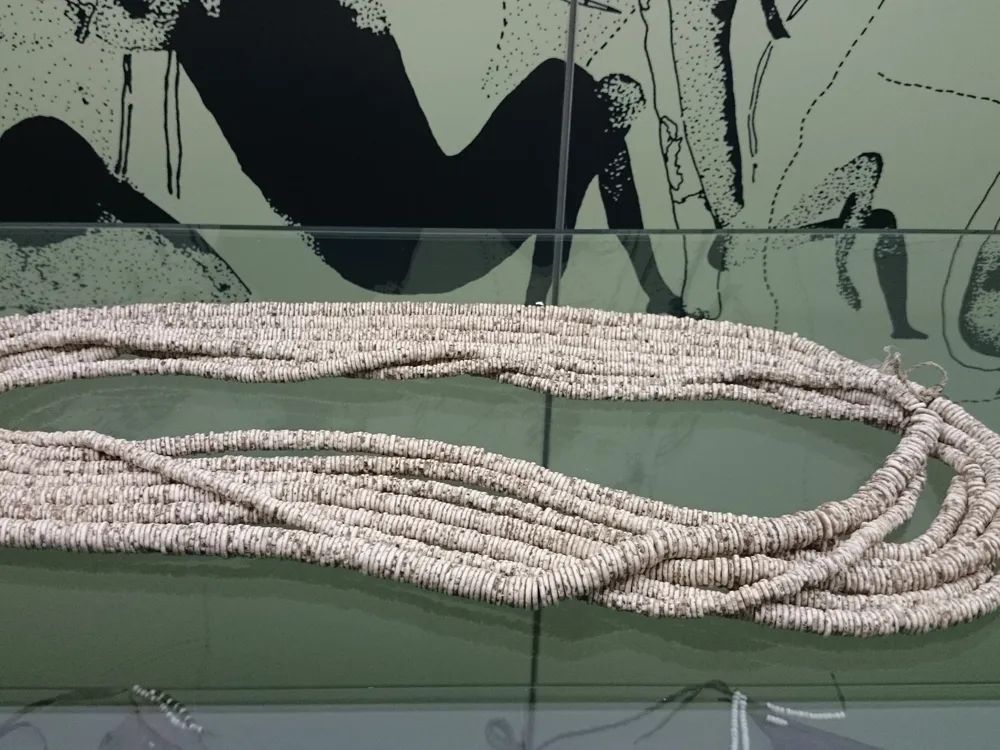
Archaeologists have discovered prehistoric beads made from materials like shells, bones, tusks, stones, and wood dating back over 40,000 years!
Some of the oldest examples are ostrich shell beads etched with geometric ochre designs that were found in Blombos Cave in South Africa. They’re estimated to be over 75,000 years old!
Early humans crafted beads from nature throughout the prehistoric world and wore them as decoration and likely for spiritual purposes.
Excavations in Russia uncovered lifelike mammoth ivory animals and human figurines with drilled holes for stringing that are thought to be over 25,000 years old.
In North America, ancient indigenous peoples made beads from shells, gemstones, quills, and other natural materials. The discoidal beads carved from bone found at multiple Clovis sites remain some of the oldest known North American beads at 10,000-12,000 years old. Beads remain even when the string or leather has decayed.
When I think about how beads were among the earliest forms of human artistry and expression, I’m totally in awe. Beadmaking connects us right to the very origins of creativity in the human story!
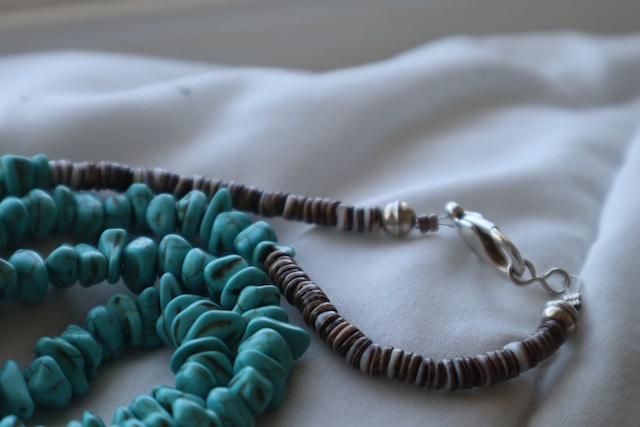
Ancient Beading
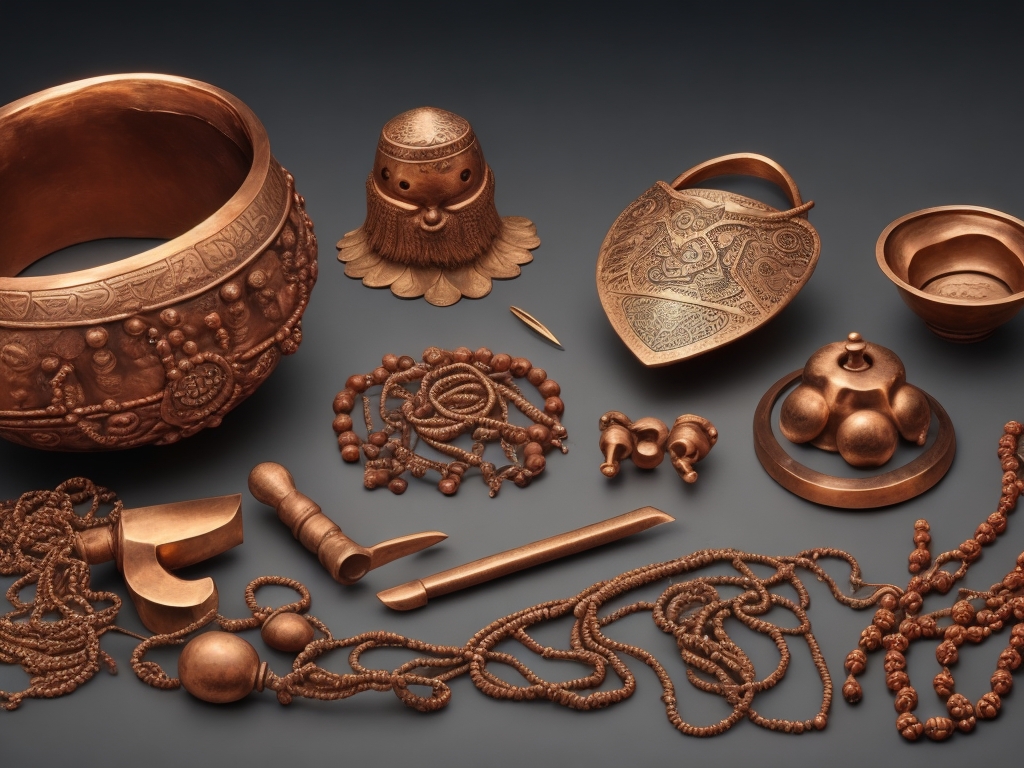
Beading continued to develop during the Bronze Age:
- Bronze casting enabled new techniques like drilling holes and crafting wire for stringing beads.
- Gemstones like carnelian, quartz, agate, and lapis lazuli were widely used for making beads.
- Beads took on ritual meaning, being buried in graves and offered at spiritual sites.
- Glass beads emerged around 3500 BCE in Mesopotamia, Egypt, and the Indus Valley.
- Millefiori glass beads were invented in Mesopotamia – tiny colorful glass canes fused together.
- Egyptians excelled at glass beadmaking, with intricate shapes, colors, and gold leaf.
- Celts crafted colorful glass, amber, and jet beads Iron Age Europe wore beads for status.
- Bead looms emerged to weave beads into jewelry and trim garments.
- Beads spread through trade routes like the Silk Road, unifying culture and technology.
Iron Age

- Iron tools enabled more intricate bead carving and drilling techniques.
- Celtic artisans excelled at crafting glass, jet, amber, and bronze beads.
- Beads were integral to Iron Age Celtic culture, denoting status, family, and occupation.
- Intricate blue faience beads were produced in Ancient Egypt.
- Roman glass beads featured intricate mosaic and millefiori patterns and enamelwork.
- Chinese created bracelets of jade, agate, and crystal beads bound in wire.
- In the Americas, indigenous cultures used shells, stones, gold, quills, and feathers for beads.
- Loom weaving with beads emerged to adorn clothing and accessories.
- Trade spread bead designs and technologies across Europe, Africa, and Asia.
- Beads were offered at spiritual sites and buried in graves, retaining ritual significance.
Middle Ages
Beadwork remained an integral art form throughout the Middle Ages, evolving across cultures worldwide.
Islamic traders imported intricately patterned glass beads from Egypt, Syria, and India along trade routes like the Silk Road.
Anglo-Saxons in Europe crafted ornate jewelry from glass, amber, jet, and gemstone beads.
In Asia, Thai artisans wove tiny seed beads into elaborate floral motifs on clothing and accessories.
Native American tribes prized beads made from shells, stones, coral, and pearls for ceremonial and spiritual garments. The Iroquois used purple and white shell beads woven into wampum belts to record history and treaties.
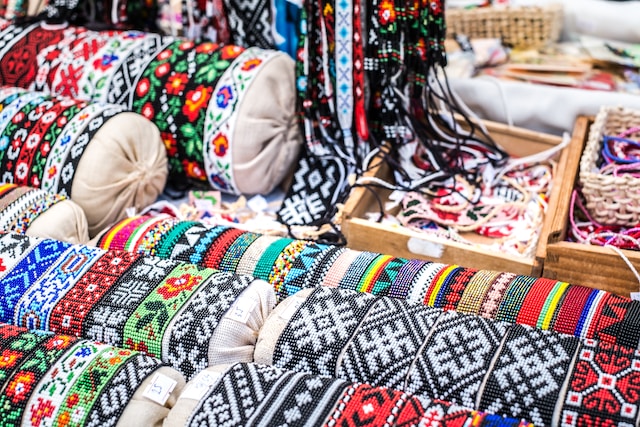
In Africa, glass seed beads from trade were incorporated into stunning beaded royal regalia, bridal attire, and warrior costumes.
Middle Age bead looms enabled European artisans to weave beads into lavish clothing trim and church vestments.
Beaded moccasins and bags gained increasing cultural symbolism among Native tribes. Throughout this period, beads retained their significance as markers of spiritual meaning, status, shared culture, and tribal identity.
The Middle Ages saw beadwork evolve through global connectedness, preserving traditional techniques while incorporating new materials and designs
Modern Beading
Beading has continued to thrive as a dynamic art form from the late 1800s to today, both preserving cultural traditions and pushing the boundaries of creative expression.
By the late 19th century, progress in glass bead manufacturing enabled the mass production of small, uniformly shaped glass seed beads from places like Bohemia, Czechoslovakia, Japan, and now China.
The new availability of cheap, colorful seed beads drove a resurgence of beadwork across cultures. Among Native American tribes, beading took on renewed significance as an expression of cultural identity and heritage. Intricate beaded bags, moccasins, clothing, and accessories became integral for telling tribal histories and stories.
Though using new materials, Native beadworkers upheld the ancient techniques, patterns, and motifs of their ancestors. Likewise, in Africa, modern glass beads were embraced while retaining traditional styles like the stunning geometric beaded corsets and dresses of Zulu brides.
With beadwork no longer just utilitarian, late 1800s Art Nouveau movement artists like the Wilke Brothers helped establish bead weaving as a fine art form in Europe. New techniques, combined with ancient techniques like the intricate 3D beading of peyote, brick, herringbone, straight, square, and loom stitching expanded possibilities.
Bead Artists continued exploring beadwork as high art into the 20th century through stunning creations like Liza Lou’s “Labor of Love” works.
As beadwork moved beyond functional decoration, it became a means of creative self-expression and further expanded when beading instructions and patterns were able to be written, printed and copied.
Today’s Beading is a Multi-Billion Dollar Industry. There are thousands of beads, tools, needles, thread, string, wire, chains, charms, cord, beading design boards https://beadkids.com/shop/beading-tools/bead-design-boards-2-pack, for bead sizes 2 – 10 mm.
For seed beads smaller than 2mm https://www.ogeesseedbeadingdesignboard.com/products/ogees-seed-beading-design-board, jewelry design boards (Amazon, Etsy), crimpers, pliers, patterns, organizers, magnifiers, tweezers, clasps, clamps, etc. Wow!!! From the simple to the advanced beader – there is something for everyone.
Today bead artists fuse old and new across the globe. Contemporary Native American beadworkers infuse ancestral patterns with modern motifs. Australian aboriginals incorporate dot painting into beaded jewelry. African bead artists blend traditional tribal styles with new concepts. Czech and China seed beads remain a staple worldwide while new materials like crystal, metal beads, and synthetics enable cutting-edge designs. And all over the world beading techniques continue to be taught from parent to child, or by teacher to apprentice. Today, classes are formally taught in craft and bead stores or many teachers are taking to the internet to teach classes to ready students.
From children making easy bead pets, to precision seed and delica bead weaving to three-dimensional beaded sculpture to jewelry and fabric embellishments that push technique boundaries – beadwork continues to evolve through visionary artists. But it retains its ancient roots – beadwork still empowers cultural connection, status, identity, and the shared human drive for beauty. Did I forget to mention – it’s fun, relaxing, and there is that feeling of accomplishment and satisfaction for a completed project. Bead Creative!!! Whatever your age is.
After tens of thousands of years, beadwork persists as an artform that transcends time, evolving yet eternal.
DaNell Boerup Beadkids.com 2023

Recent Comments